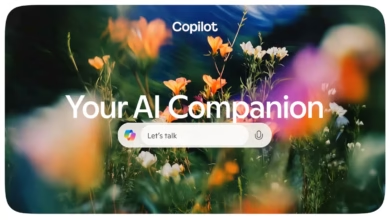Notepad’s Evolution: From Neglected to AI-Powered in 3.5 Years

▼ Summary
– By late 2021, Notepad updates were rare, making minor changes seem significant, but AI-focused updates have since become more frequent.
– Microsoft introduced AI features in Notepad, including Rewrite and Summarize, and now a Write feature for generating text from scratch.
– Using Notepad’s AI features requires a Microsoft Account and consumes monthly AI credits, with paid Microsoft 365 subscribers receiving more credits.
– AI features in Notepad can be disabled in settings and are unavailable for local accounts without a Microsoft Account.
– Microsoft is also adding AI features to Paint and Snipping Tool, including a sticker generator and smart select tool in Paint, with a welcome screen highlighting new updates.
Microsoft’s Notepad has undergone a remarkable transformation in recent years, evolving from a basic text editor to an AI-powered writing assistant. What was once considered a neglected Windows component now boasts cutting-edge generative AI capabilities, reflecting Microsoft’s broader push toward artificial intelligence integration across its ecosystem.
The shift became evident in late 2021 when even minor Notepad updates generated excitement due to their rarity. Since then, development has accelerated dramatically, with AI features taking center stage. The latest preview version introduces a “Write” function, enabling users to generate text from simple prompts—joining existing AI tools for rewriting and summarizing content.
Accessing these AI capabilities requires a Microsoft Account, as they consume credits from Microsoft’s AI service. Free users receive 15 credits monthly, while Microsoft 365 subscribers get 60. For those preferring the classic experience, all AI features can be disabled in settings or avoided entirely by using a local account instead.
This AI revolution extends beyond Notepad to other fundamental Windows applications. Paint now includes an AI sticker generator and smart selection tool, while the Snipping Tool has received similar upgrades. Each app introduces these features through updated welcome screens highlighting their new capabilities—most of which leverage artificial intelligence in some form.
The rapid integration of AI into these core utilities demonstrates Microsoft’s commitment to weaving artificial intelligence throughout the Windows experience. What began as subtle interface tweaks has blossomed into a comprehensive AI strategy, fundamentally changing how users interact with applications they’ve relied on for decades.
(Source: Ars Technica)






